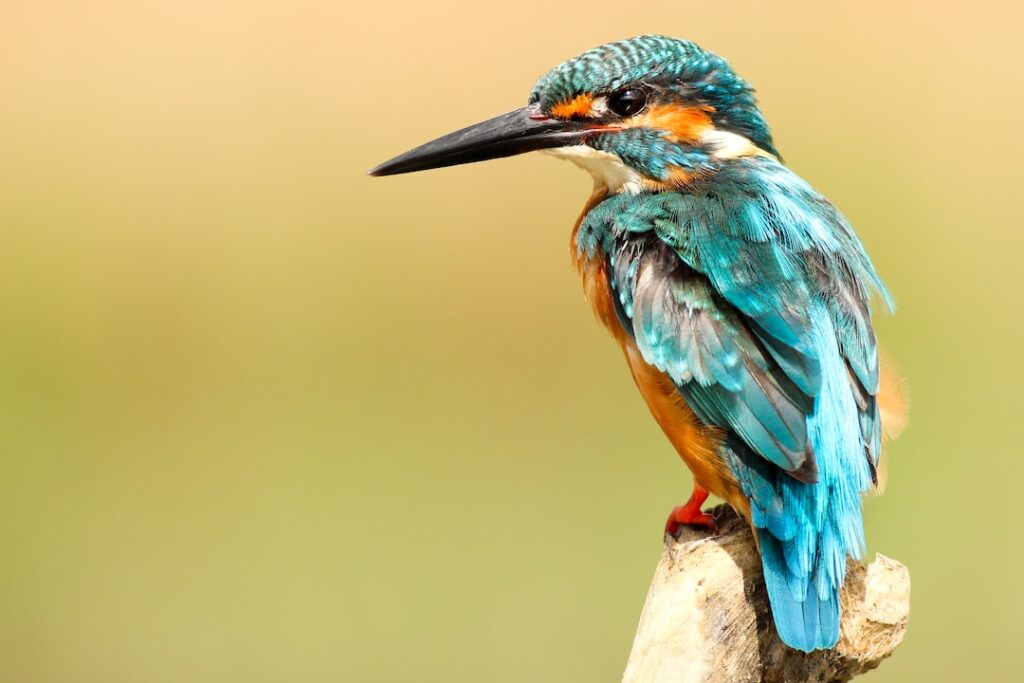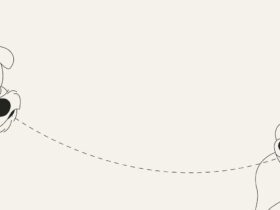Learning to clip a small bird’s wings
If you’re a bird lover, you may find yourself in a situation where you need to clip a small bird’s wings. Whether it’s for safety reasons or to prevent the bird from flying away, wing clipping should be done with caution and care. In this comprehensive guide, we’ll explore the process of safely clipping a small bird’s wings, and discuss the importance of doing so in the most humane way possible.
Interest
Did you know that according to the American Veterinary Medical Association, proper wing clipping can help prevent injury and escape in pet birds, reducing the risk of accidents within the home and ensuring the bird’s safety?
Understanding the process
The importance of wing clipping
Wing clipping is often a contentious topic among bird owners, but when done correctly, it can help prevent birds from flying into dangerous situations, getting lost, or injuring themselves. It’s important to emphasize that wing clipping should never be used as a means of punishment or control, but rather as a safety measure to protect the bird from harm.
The anatomy of a bird’s wing
Before attempting to clip a bird’s wings, it’s essential to understand the anatomy of the wing itself. Each wing consists of primary feathers, secondary feathers, and coverts. The primary feathers are the long, outermost feathers, and these are the ones typically trimmed during wing clipping.
How-to: Clipping a small bird’s wings
Step 1: Gather the necessary supplies
To clip a small bird’s wings, you will need a pair of sharp, clean scissors or specialized bird wing clippers. It’s important to ensure that the tools you use are in good condition to avoid causing any discomfort or injury to the bird.
Step 2: Restrain the bird
Gently and securely hold the bird with one hand, ensuring that you’re not applying too much pressure that could cause distress. It’s essential to keep the bird calm and comfortable throughout the process.
Step 3: Identify the primary feathers
Carefully spread out the bird’s wing to identify the primary feathers that need to be trimmed. These are the long feathers at the tip of the wing.
Step 4: Trim the feathers
Using the scissors or clippers, make a clean cut, ensuring not to clip too close to the bird’s body. It’s crucial to be precise and cautious during this step to avoid injuring the bird.
Step 5: Monitor the bird
After trimming the primary feathers, carefully release the bird and observe its behavior. Ensure that the bird is comfortable and not showing any signs of distress.
Applying wing clipping in daily life
Safety considerations
If you choose to clip your bird’s wings, it’s essential to provide a safe and secure environment for the bird to prevent any accidents or injuries. This includes being mindful of open windows, ceiling fans, and other potential hazards.
Mental and physical stimulation
Wing clipping can impact a bird’s ability to fly, so it’s important to provide alternative forms of mental and physical stimulation to keep the bird engaged and healthy. This can include enriching the bird’s environment with toys, perches, and social interaction.
Conclusion
In conclusion, wing clipping can be a beneficial practice when done with the bird’s well-being in mind. It’s essential to approach wing clipping with care, respect, and an understanding of the bird’s natural behaviors. By following the steps outlined in this guide and considering the well-being of the bird, you can ensure that the wing clipping process is carried out responsibly.
Remember, if you’re ever unsure about clipping your bird’s wings, it’s always best to seek advice from a veterinarian or an avian expert. The safety and happiness of your feathered friend should always be the top priority.















